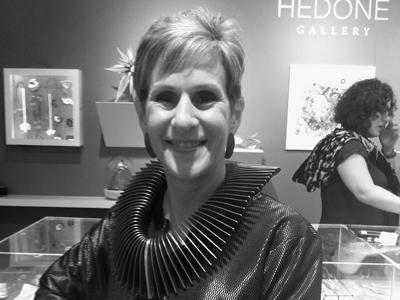
Bonnie Levine: Congratulations on being a finalist in the 2021 Susan Beech Mid-Career Grant competition! That’s quite an honor! I’m sure our readers would like to know more about you. Tell us how you got interested in the jewelry field and your professional journey to where you are today.
Esther Doornbusch: Thank you, Bonnie. You and the three jurors made me very happy and also a bit bashful; I feel very honored.
The first gift of approximately 500 pieces of jewelry from Marjan and Gerard Unger to the Rijksmuseum in 2009 awakened my passion for jewelry. As one of the cataloguers back then, I was so excited to do this job, and while I was working on the registration of this massive donation, I found out that information about the makers was very limited. Their names were unknown to websites and databases like ULAN (Union List of Artist Names), RKD Artists, and Wikipedia. This lack of formal documentation was very unusual. It triggered me and ignited my ambition to catalogue more than just this collection.
About 20 years before this gift from Marjan Unger, I had talked to a young American woman who said that she didn’t want to wear jewelry because it would hurt too much if she lost it or if it was taken from her. At the time, I totally agreed. A few years later my partner’s grandmother insisted on giving me a new piece of jewelry. I felt very honored and did some window shopping, but felt disappointed by the average showcase pieces.
That’s where I came from before I started to work on the Unger collection, and now my passion is completely out of control.
Another passion of mine is writing: For almost 40 years now I write in a diary on a daily basis. Apart from that I wrote (and still write) many, many letters. In 2013 I started to write on Wikipedia about jewelry artists and about three years later I created my own website, a free jewelry encyclopedia, where I felt freed from the Wikipedia community’s restrictive and often contradicting policies about notability and copyright. I spend at least 40 hours a week working on hedendaagsesieraden.nl.
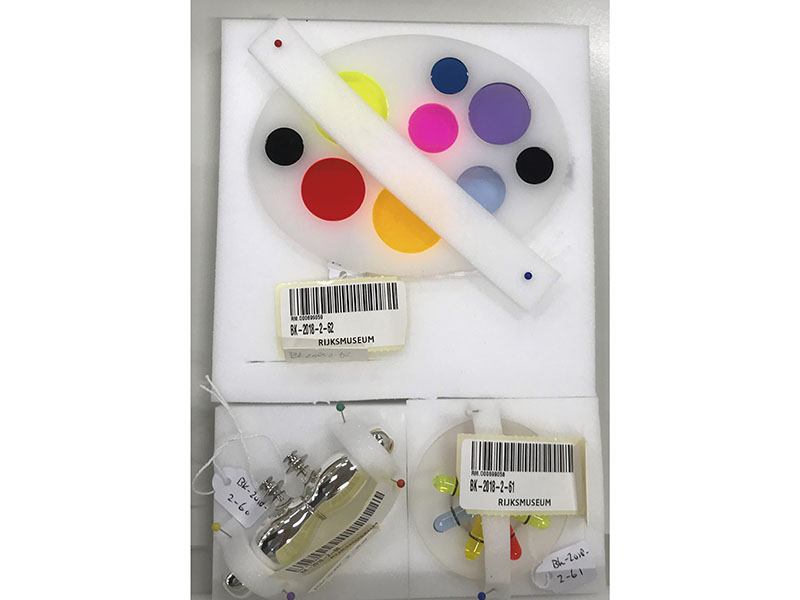
As you touched on, some years ago the well-known Dutch collectors Marjan and Gerard Unger donated a large part of their extensive jewelry collection to the Rijksmuseum. You were employed at the museum at that time. What was your role then, and how did you interact with the collection?
Esther Doornbusch: With the Unger donations I was involved as a cataloguer, and I was working with the jewelry on my desk to describe it for registration in the museum database. I labeled the objects with inventory numbers and was there to register the details when a gemologist came over to check the hallmarks and materials used. This was a very interesting part of the registration process, and I learned a lot. A second donation by the Ungers came in 2018.
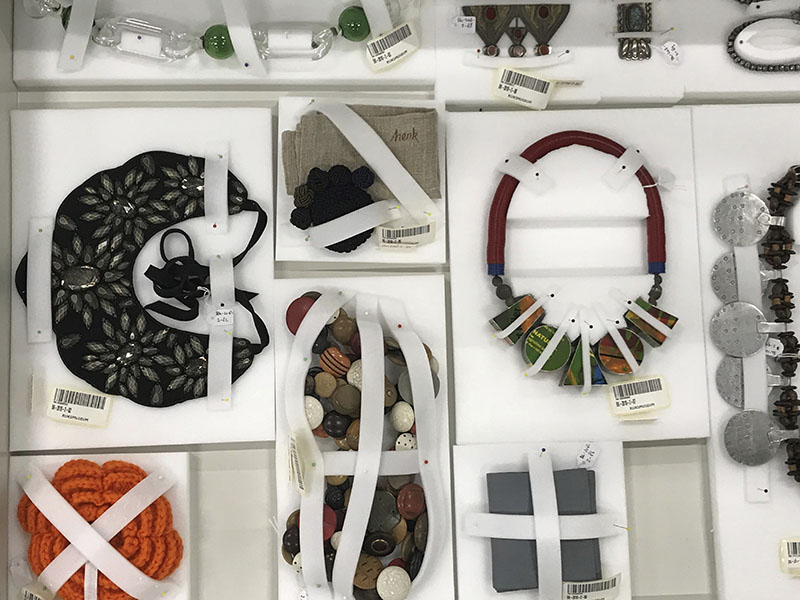
Tell us about your proposal for the Susan Beech Mid-Career Grant. What was the inspiration for it?
Esther Doornbusch: With the launch of Rijksstudio in 2012, the Rijksmuseum became one of the first cultural institutions worldwide that offered free high-res images and (curated) linked open data. As such, the museum was and still is unique in the world of cultural heritage and became a huge source of information as well as inspiration, freely accessible to all people worldwide with access to the internet. Information is presented in such a way that it is man- as well as machine-readable, which means that all kinds of new applications can be built from the material offered. Because of its use of the CC0 license,[i] people are invited to create their own digital collections and objects. A design contest is organized every year and jewelry designs are popular entries.
In these COVID times of global and individual isolation, reliable and inspirational online information is of vital importance. Now, more than ever, we all appreciate the role of both online access and experience. Unfortunately, free online access to curated information about international contemporary jewelry is scattered and limited.
Because we live in this world together, and we make this world together, I am a strong advocate of sharing and Creative Commons licensing. That’s also the reason why texts on my website are free to reuse (with the CC BY 4.0 license[ii]). This is because I believe knowledge comes from us all and should be shared to create equal opportunities for all of us.
That’s how the idea of a curated jewelry image database emerged and was worked out in my proposal for the Susan Beech Mid-Career Grant.
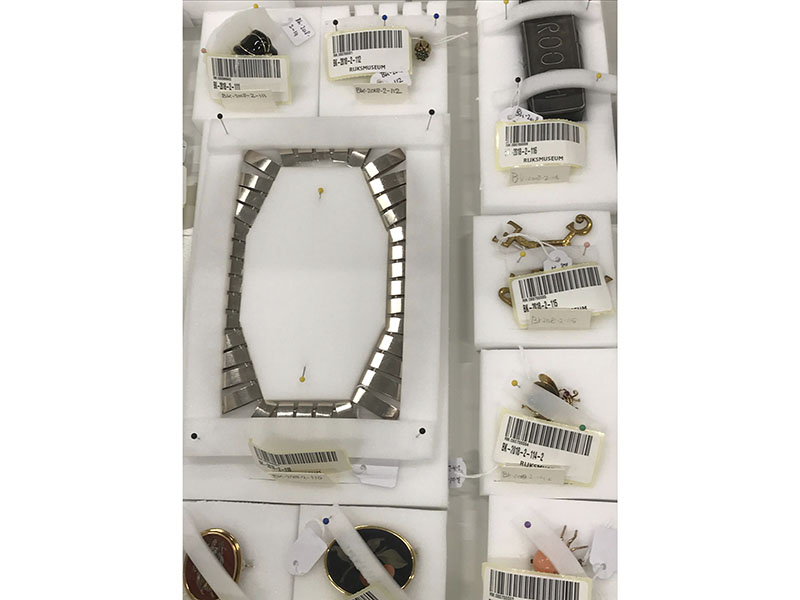
That sounds like a huge undertaking! How would the database be maintained over time, and how would it be promoted so people know about it?
Esther Doornbusch: That’s a very good question, and as far as the future maintenance is concerned, I have not found a good answer yet. I’m open to suggestions. Currently it is just me writing and maintaining the website. The encyclopedia is archived periodically by the Koninklijke Bibliotheek (the Dutch royal library).
The bigger the encyclopedia gets, the faster it grows, the more people get to know the website and the database. In the future, it would be great to develop image upload tools for galleries, museums, and artists where metadata is required and structured in a way that minimizes the data curatorial work. Another strong wish is to reach out to partners for image donations. (It’s a good idea to create a page where new applications built from the image database are listed. This list aims at tracking the results of the project and functions as a source of inspiration as well.)
More and more artists and museums share the articles about them on hedendaagsesieraden.nl on their websites and social media, which of course broadens the reach of the project.
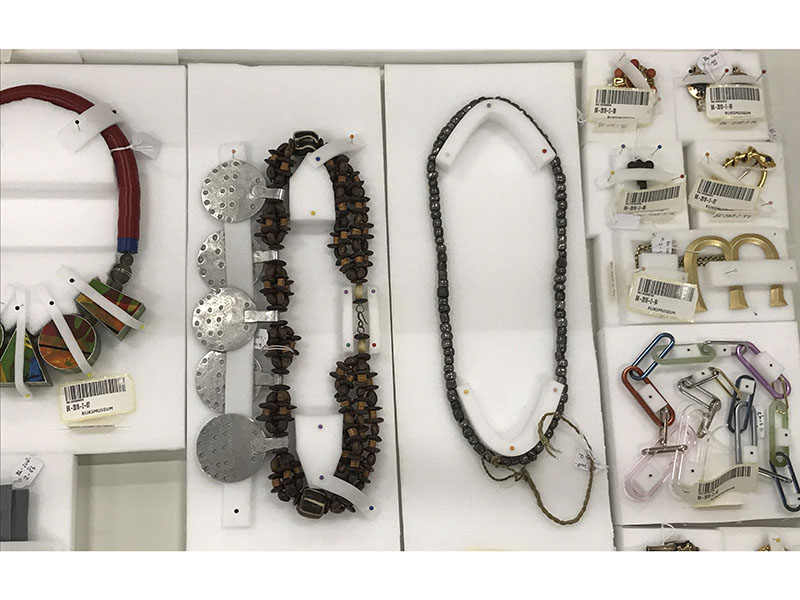
How would a database such as this impact the field of contemporary jewelry?
Esther Doornbusch: This project could remedy the longstanding issues of both information silos and privileged gatekeeping pertaining to this field. Inspired by the immense response to the Rijksmuseum website, I know that many different people and institutions worldwide will benefit from a free image database. The image database will reach out to people in and outside the current field of (contemporary) jewelry and serve as a source of inspiration and knowledge. It will make research easier and work as a source of inspiration.
The free image database will be the first step toward the realization of a free, more general multilingual database about jewelry. With these linked databases, institutional bias can be overcome because of its open access to anyone worldwide who has access to the internet.
So the proposal widens the reach of and knowledge about (the meaning) of jewelry. It is good to mention, though, that an image can never ever replace the experience of watching and sensing an original work of art.
In 2016, on the occasion of Galerie Ra’s 40th anniversary, you started the encyclopedic website about contemporary jewelry that you mentioned earlier. What was the impetus for this initiative? Was it connected to your work on the Unger collection? It still exists today; how has it changed over time?
Esther Doornbusch: The lack of information about jewelry artists and restrictive rules on Wikipedia made me decide to create my own encyclopedia, which is called hedendaagsesieraden.nl.[iii] The first articles I published were almost all related to the Unger collection. The concept of the website hasn’t changed much over time. It has only grown: every week, three or four new entries about artists, museums, galleries, exhibitions, schools, awards, collectors, etc., are published. Now more than 1,000 articles on different subjects are online and the website is still growing: more than 3,300 articles are currently in preparation. A new world opened up to me and after only a few months I was totally absorbed with discovering the many different possibilities and opportunities of curating a website. New connections and friendships inspire me and make me travel the world digitally. Two weeks ago, for example, I discovered the World Jewellery Museum[iv] in Seoul and spent the weekend there: so much to see and to learn, and such great people working there!
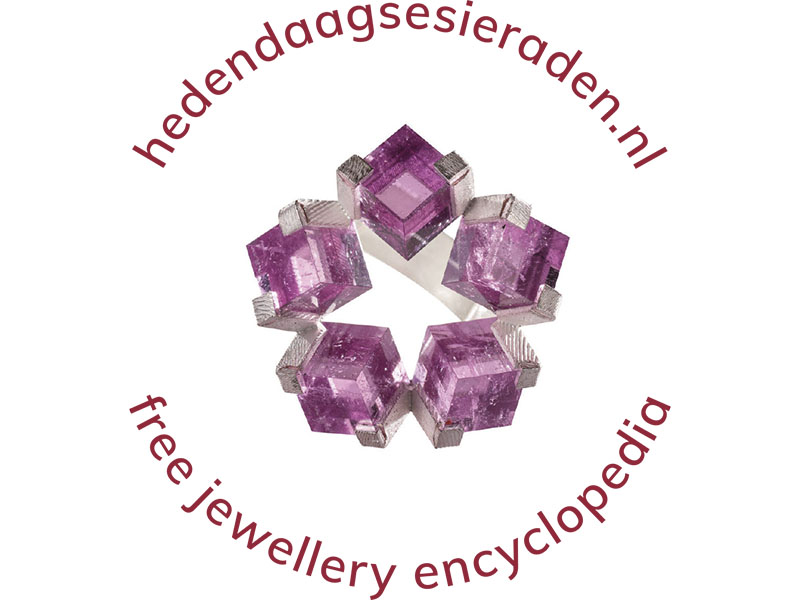
What is your professional focus right now?
Esther Doornbusch: I still work in the Rijksmuseum, now as a manager of acquisitions. This is a huge and complex digital process in which many departments are involved: conservation, development, photography, legal, registration, and finance, to name but a few. It all starts with a proposal from a curator and the process ends with the online publication of the acquisition in Rijksstudio. Sometimes this process can take years. If something goes wrong, colleagues know to find me so I can sort things out and put the proposal back on track so that all stakeholders get noticed and informed when it’s their time for action.
Apart from my work in the Rijksmuseum I work on the website hedendaagsesieraden.nl. This takes about 40 hours a week and is one of the best things I’ve ever started in my life. A new world has opened up and I’ve made many new friends.

What are your thoughts about the importance of opportunities like the Susan Beech Mid-Career Grant for the field? What about for you as a finalist?
Esther Doornbusch: The grant is an inspiring force to make plans that seemed out of reach before. It helps to dream out loud, strategize, and hopefully make dreams come true. The importance of it can hardly be overestimated. I have more plans with the website than I can realize by myself. So it would be great to get financial and technical support.
The next project is to build a user-friendly image upload tool for participants and partners in which a minimum of standardized metadata is secured. As you can see, it encourages me to make future plans.
What have you read or seen lately that has made an impact on you that you’d like to share with readers?
Esther Doornbusch: For the first time in my life I’m participating in a book club; it’s about “white homework” and the pain caused by white people from the Netherlands in its former colonies. This digital gathering is organized by the Rijksmuseum and is about the (consequences of) the Dutch history of colonization. To prepare, I read Gloria Wekker’s book White Innocence, which was first published in English. For me it is important to become aware of—as a white person—privilege and decolonization processes. I think that these emancipation issues are the biggest of our times. Fashion activist, curator, and publicist Janice Deul is one of my beacons in this painful journey.
The new Slavery exhibition at the Rijksmuseum is one of the first steps taken in the Netherlands to investigate the Dutch relationship with former colonies. The exhibition includes some jewelry: there are hundreds of beads that, according to oral history, were thrown into the sea from St. Eustasius island when slavery was finally abolished on July 1, 1863. These beads were originally used as a type of currency to pay enslaved people, to limit their economic freedom. That day in July, they were thrown into the sea as a symbol of mental freedom. Nowadays, people sometimes find them on the beaches of the Caribbean island and they are treasured as jewels that witnessed their ancestors resisting hierarchies during the centuries of slavery.
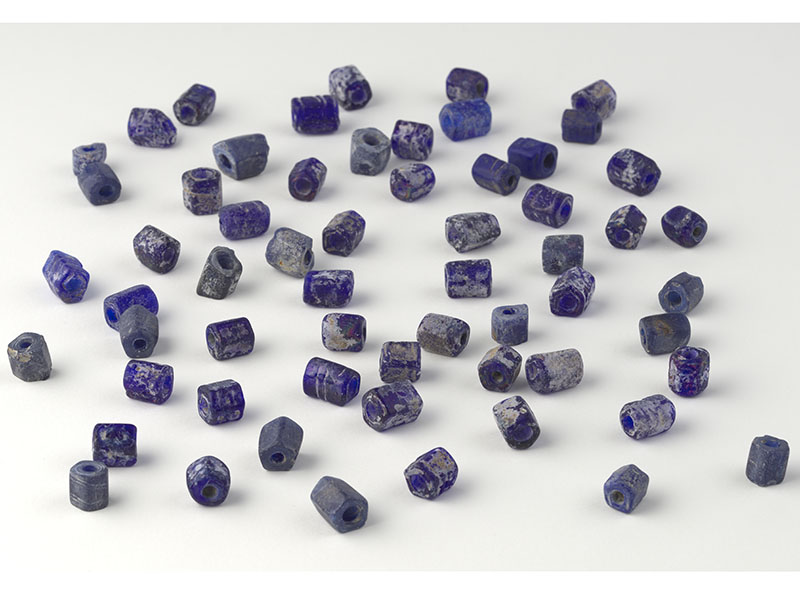
For me and my project, too, it’s important to stay aware of how things are organized and dominated by certain cultural perspectives. I appreciate being fed new information and perspectives, so please feel free to contact me and share your images, thoughts, and theories.
Thank you very much, Esther. Many congratulations on being a finalist and all best wishes to you!
